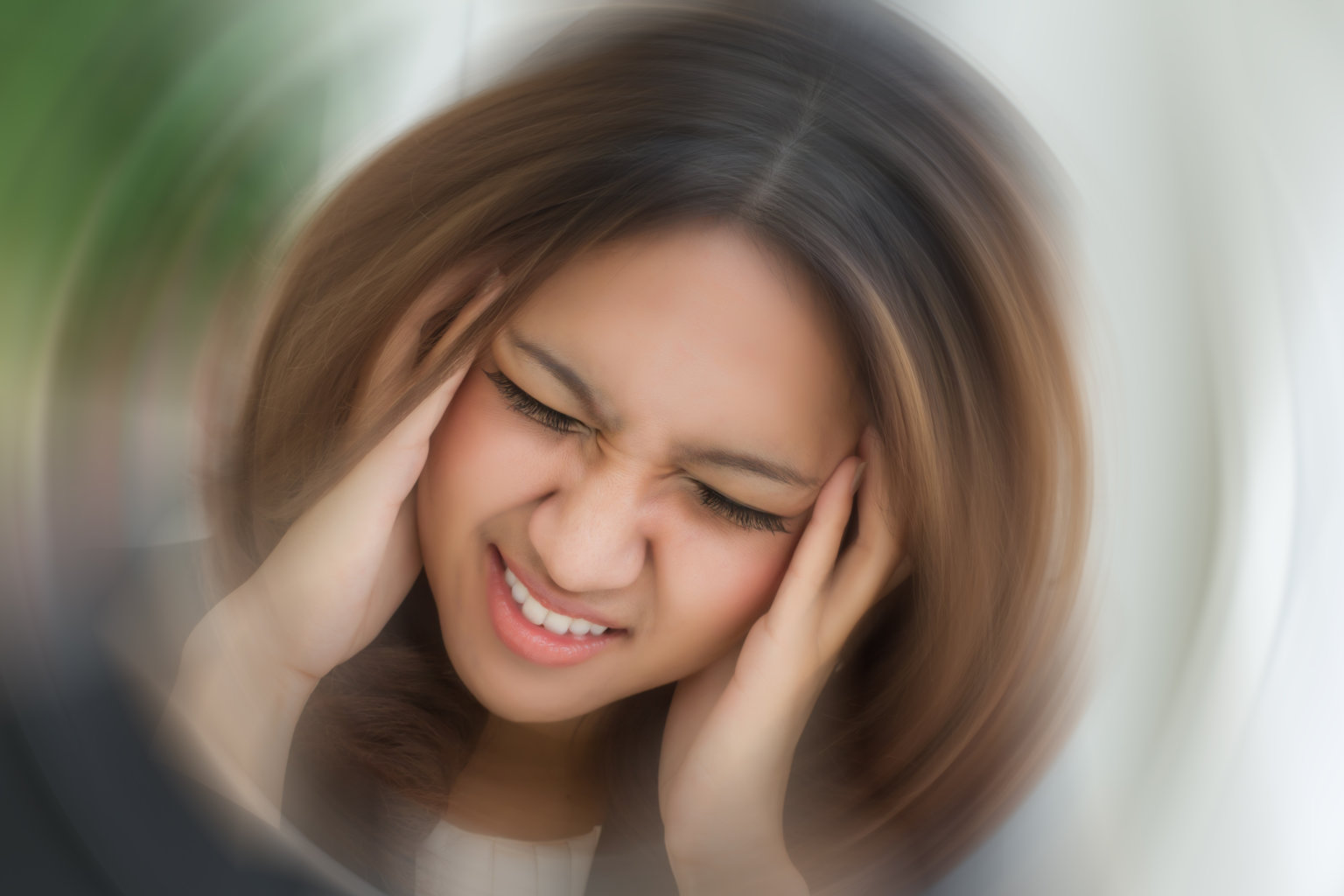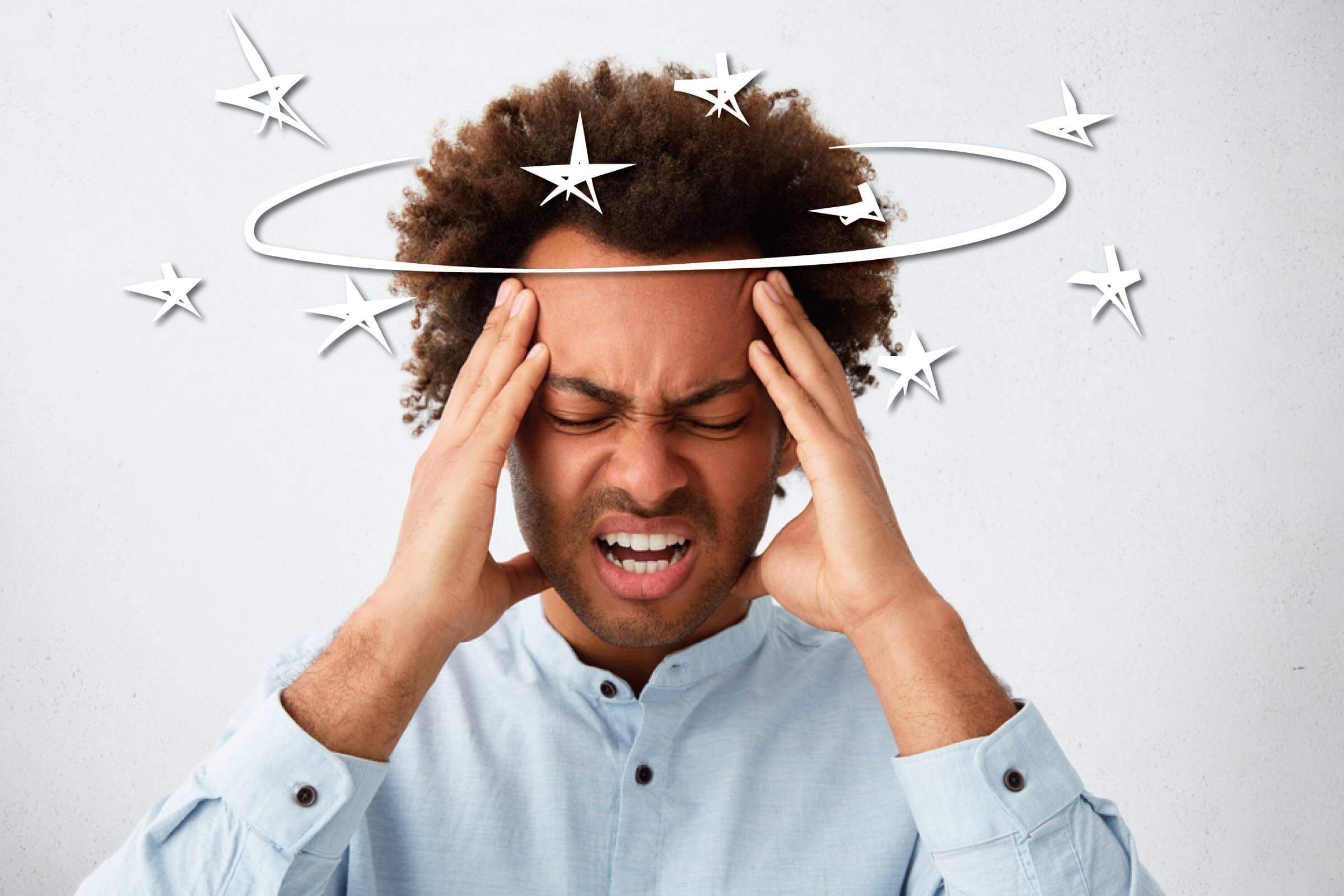How do you get vertigo? Vertigo is a common condition that causes a sensation of dizziness or spinning. It can be caused by a variety of factors, including inner ear disorders, certain medications, and head injuries. In this article, we will explore the causes, symptoms, and treatment options for vertigo.
Symptoms of Vertigo
Vertigo is a condition that causes a sensation of spinning or dizziness. It can be a very unpleasant experience, and it can also be dangerous if it leads to falls or other accidents.
There are many different symptoms of vertigo, but the most common include:
- A feeling of spinning or dizziness
- Nausea and vomiting
- Balance problems
- Headaches
- Tinnitus (ringing in the ears)
Feeling of Spinning or Dizziness
The most common symptom of vertigo is a feeling of spinning or dizziness. This sensation can be mild or severe, and it can last for a few seconds or several hours.
The feeling of spinning or dizziness is caused by a problem with the vestibular system. The vestibular system is a part of the inner ear that helps us to maintain our balance. When the vestibular system is damaged or malfunctioning, it can send incorrect signals to the brain, which can lead to a feeling of spinning or dizziness.
Nausea and Vomiting
Nausea and vomiting are common symptoms of vertigo. This is because the vestibular system is closely connected to the stomach. When the vestibular system is damaged or malfunctioning, it can send incorrect signals to the stomach, which can lead to nausea and vomiting.
Causes of Vertigo
Vertigo can arise from various underlying medical conditions, including those affecting the inner ear, certain medications, and head injuries.Inner ear disorders, such as benign paroxysmal positional vertigo (BPPV) and Ménière’s disease, can disrupt the delicate balance mechanisms within the inner ear, leading to vertigo.
BPPV occurs when tiny crystals in the inner ear become dislodged and move into the wrong part of the ear, causing dizziness. Ménière’s disease is a condition characterized by episodes of vertigo, hearing loss, and tinnitus (ringing in the ears).Medications
such as certain antibiotics, anticonvulsants, and antidepressants can have side effects that include vertigo. These medications can affect the balance system in the inner ear or the central nervous system, which can trigger dizziness.Head injuries, including concussions and traumatic brain injuries (TBIs), can damage the structures in the inner ear or brain responsible for balance, leading to vertigo.
The severity of the head injury and the location of the damage determine the extent of vertigo experienced.
Diagnosis of Vertigo
Vertigo is often diagnosed based on a thorough medical history, physical examination, and specific diagnostic tests.
Medical History and Physical Examination
Your doctor will ask about your symptoms, including when they started, how often they occur, and what makes them better or worse. They will also perform a physical examination, which may include:
- Checking your eyes for nystagmus (involuntary eye movements)
- Testing your balance and coordination
- Checking your hearing
- Examining your ears for signs of infection or other problems
Imaging Techniques
In some cases, your doctor may order imaging tests, such as an MRI or CT scan, to rule out other conditions that may be causing your vertigo, such as:
- Brain tumors
- Strokes
- Inner ear disorders
- Meniere’s disease
Treatment Options for Vertigo

Vertigo, a common condition that causes dizziness and a sense of imbalance, can be effectively managed with various treatment options. These options aim to relieve symptoms, prevent attacks, and improve overall balance and stability.
Medications
- Anti-nausea medications can help control nausea and vomiting associated with vertigo.
- Vestibular suppressants can reduce the activity of the inner ear, which is responsible for balance.
- Antihistamines can help relieve dizziness and motion sickness.
Physical Therapy, How do you get vertigo
Physical therapy plays a crucial role in managing vertigo by improving balance and reducing symptoms. Exercises may include:
- Vestibular rehabilitation exercises (VRT) help retrain the brain to interpret signals from the inner ear and improve balance.
- Epley maneuver is a specific exercise used to treat benign paroxysmal positional vertigo (BPPV).
- Balance exercises strengthen the muscles responsible for maintaining balance and stability.
Surgical Interventions
In severe cases where other treatments fail, surgical interventions may be considered:
- Vestibular nerve section involves cutting the nerve that sends balance signals from the inner ear to the brain.
- Labyrinthine surgery involves removing or destroying part of the inner ear that is responsible for balance.
Lifestyle Modifications for Vertigo

In addition to medical treatments, certain lifestyle changes can significantly improve vertigo symptoms and prevent future episodes. These modifications include reducing stress, ensuring adequate sleep, and making dietary adjustments.
Vertigo, a common cause of dizziness, is often caused by inner ear problems. For effective treatment, it’s crucial to identify the underlying cause. Dizziness caused by inner ear issues can be treated with medications, exercises, or surgery. To explore treatment options in more detail, visit this comprehensive guide: treatment for dizziness caused by inner ear . Understanding the causes of vertigo is essential for seeking appropriate medical attention and finding the most effective treatment.
Stress Management
Stress can exacerbate vertigo symptoms. Techniques like meditation, yoga, or deep breathing exercises can help reduce stress levels and improve overall well-being.
Adequate Sleep
Getting enough sleep is crucial for managing vertigo. Aim for 7-9 hours of quality sleep each night to minimize symptoms and promote overall health.
Dietary Modifications
Certain foods and beverages can trigger vertigo symptoms. Avoiding these triggers, such as caffeine, alcohol, and certain food additives, can help reduce the frequency and severity of episodes.
Prevention of Vertigo

Preventing vertigo involves identifying potential risk factors and implementing strategies to reduce the likelihood of experiencing episodes. Maintaining a healthy lifestyle and engaging in regular exercise can also play a significant role in preventing vertigo.
Risk Factors and Prevention Strategies
Certain factors can increase the risk of developing vertigo, including:
- Age: Vertigo is more common in older adults.
- Head injuries: Trauma to the head can damage the inner ear or vestibular system, leading to vertigo.
- Certain medical conditions: Conditions such as Meniere’s disease, migraines, and high blood pressure can increase the risk of vertigo.
To reduce the likelihood of experiencing vertigo, consider the following strategies:
- Avoid sudden head movements: Abrupt head movements can trigger vertigo episodes. Make gradual turns and avoid bending over quickly.
- Manage underlying conditions: If you have a medical condition that increases your risk of vertigo, work with your doctor to manage it effectively.
- Protect your head: Wear a helmet during activities that pose a risk of head injury, such as cycling or contact sports.
Role of Exercise and Healthy Lifestyle
Regular exercise and a healthy lifestyle can contribute to overall well-being and potentially reduce the risk of vertigo:
- Exercise: Engage in regular physical activity that improves balance and coordination, such as yoga, tai chi, or walking.
- Healthy diet: Maintain a balanced diet that supports overall health and well-being.
- Stress management: Stress can contribute to vertigo episodes. Practice stress-reducing techniques like meditation or deep breathing.
By addressing potential risk factors and adopting a healthy lifestyle, you can help prevent or reduce the frequency of vertigo episodes.
Final Conclusion: How Do You Get Vertigo
Vertigo can be a debilitating condition, but there are a number of effective treatment options available. If you are experiencing symptoms of vertigo, it is important to see a doctor to rule out any underlying medical conditions. With proper treatment, most people with vertigo can manage their symptoms and live full and active lives.
